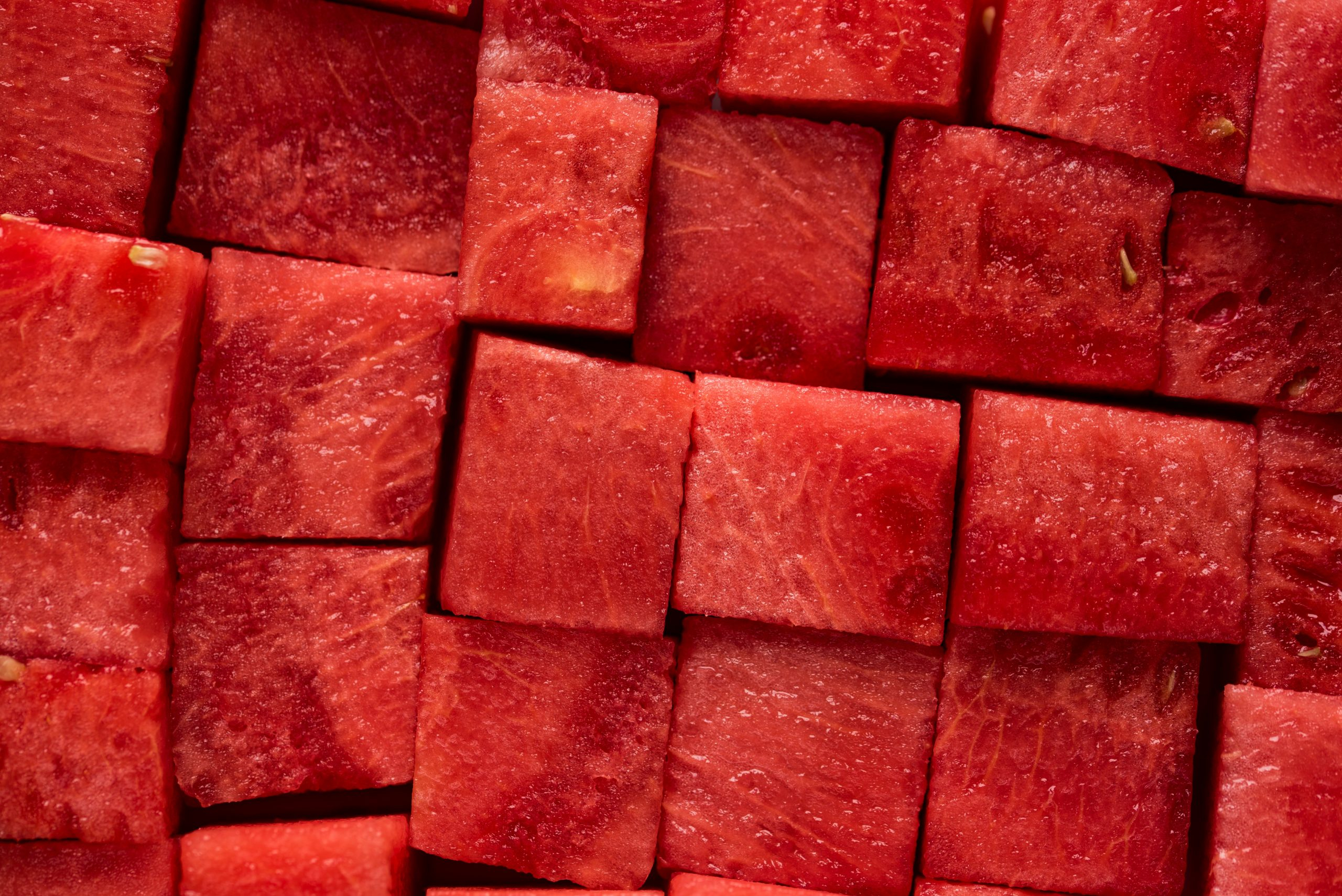3D Food Printing: Customized Meals with Precision and Speed
3D printing technology has revolutionized many industries, from manufacturing to healthcare. But one industry that is just starting to explore the potential of 3D printing is the food industry. With 3D food printing, customized meals with precision and speed are now a possibility. This innovative technology allows for food to be created layer by layer, resulting in intricate and personalized designs. In this article, we will explore the world of 3D food printing and how it is changing the way we approach food.
The Basics of 3D Food Printing
Before we dive into the details, let’s first understand the basics of 3D food printing. Just like traditional 3D printing, it involves the use of a printer and digital design files. However, instead of using traditional printing materials like plastic or metal, 3D food printing uses edible materials such as dough, chocolate, or even mashed potatoes. These materials are loaded into a special 3D food printer that extrudes them layer by layer, creating a three-dimensional object.
While the concept of 3D printing may seem futuristic, the technology has been around for a few decades. In fact, the first known 3D food printer was created in the late 1990s by NASA to provide astronauts with nutritious food during long space missions. However, it is only in recent years that 3D food printing has become more accessible to the general public.
Customization at its Finest
One of the most significant advantages of 3D food printing is its ability to create highly customized meals. Traditional mass production methods often have limited options, and customers have to settle for standard menu items. With 3D printing, chefs and food manufacturers can create unique and personalized designs for each customer, taking customization to a whole new level.
This level of customization is not limited to aesthetics. With 3D food printing, it is possible to modify the ingredients and nutritional content of a dish to cater to specific dietary needs and preferences. This means that those with allergies, dietary restrictions, or personal preferences can still enjoy delicious and visually appealing meals.
Precision and Speed: A Winning Combination
In the food industry, precision and speed are crucial factors. 3D food printing offers both, making it a game-changer for food businesses. The precise layer-by-layer printing process ensures consistency in each dish’s final product, leading to high-quality meals. This is particularly beneficial for large-scale food production, where consistency and accuracy are essential.
In addition to precision, 3D food printing is also incredibly fast. Traditional cooking methods can take hours, if not days, to produce complex dishes. With 3D printing, these dishes can be created in a matter of minutes, increasing efficiency and reducing production time. This speed also makes it possible for restaurants to cater to more customers, leading to increased profits.
A Sustainable Solution
The food industry is one of the largest contributors to global pollution. 3D food printing offers a sustainable solution by reducing waste and minimizing the use of resources. Since the ingredients are precisely measured and used only when needed, there is little to no food wastage. This not only benefits the environment but also results in cost savings for businesses.
In addition, 3D food printing has the potential to address the issue of food shortages in developing countries. With the ability to create food from a variety of ingredients, including alternative protein sources, 3D food printing can provide a solution to food insecurity in these areas.
The Future of Food?
As with any emerging technology, there are still challenges and limitations to 3D food printing. The cost of 3D food printers and materials can be prohibitive for some businesses. Additionally, there are concerns about the taste and texture of 3D printed food compared to traditional cooking methods. However, as the technology continues to advance and become more affordable, it has the potential to revolutionize the food industry.
From personalized meals to sustainable solutions, 3D food printing has opened up a world of possibilities in the food industry. With its precision, speed, and customizability, it is quickly becoming an essential tool for chefs and food manufacturers. While it may not replace traditional cooking methods entirely, 3D food printing is undoubtedly shaping the future of food.






